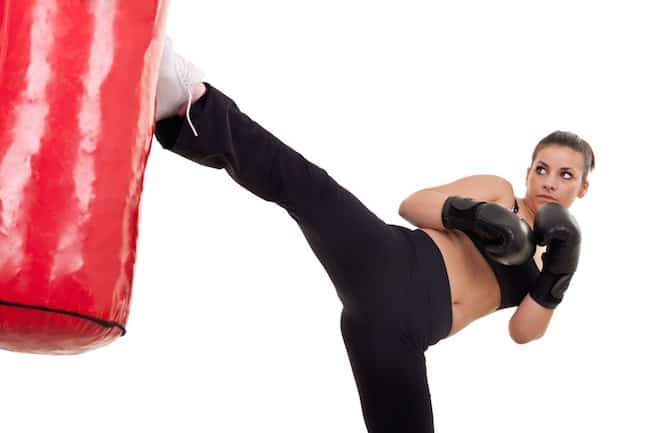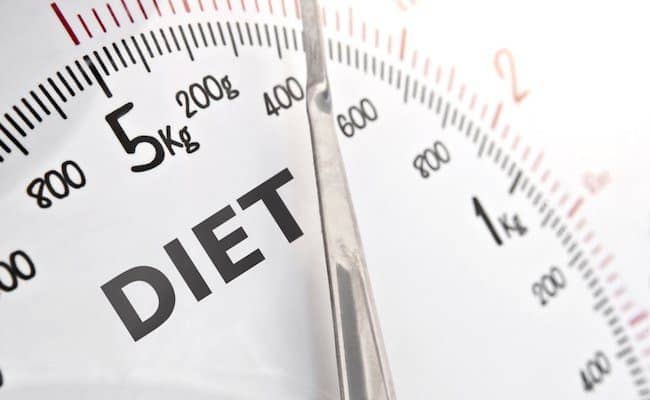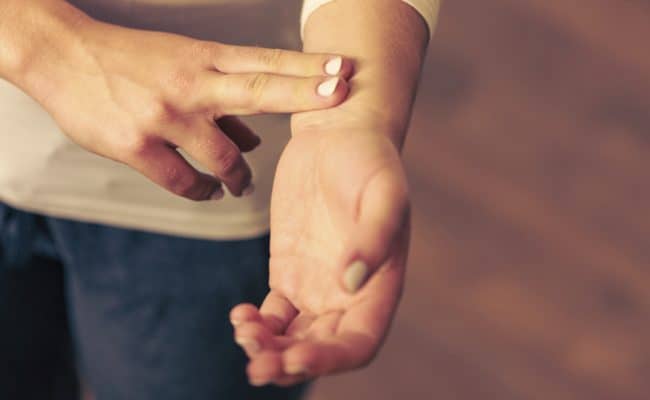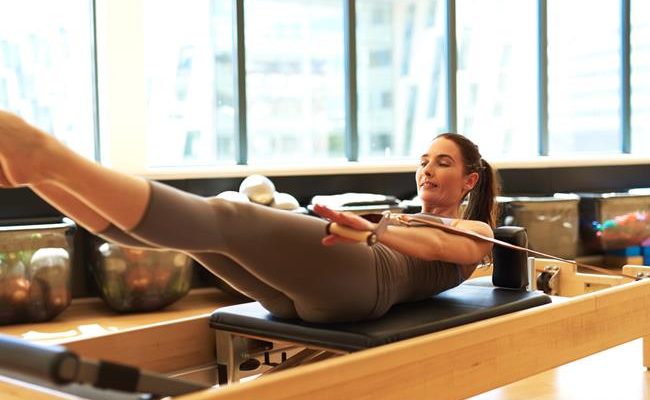
It is common practice to take on exercise to help you with losing weight. Instead of restricting your food intake even more it makes sense to burn those extra calories through physical activity. However, the advice given on what kind of exercise, how much, how long, how intense and so on, it’s usually far from straight forward. Given that exercise is not everybody’s favourite activity you want to be able to maximize every calorie burned with your workout.
So imagine if you could still have the calorie burning when you are sitting on your couch resting. Is it wishful thinking or more possible than you think?
Calories burned after a workout or the calorie ‘Afterburn’
The ability of the body to burn calories post-exercise at rest is often called the ‘afterburn’ or for the more scientific it is called ‘excess post-exercise oxygen consumption’ (EPOC). All it means is that your metabolic rate will remain elevated post-exercise and it will continue to burn calories.
Research however has, as with most things, shown mixed results about this ‘afterburn’ effect. One of the issues is that different studies have different set up and it is hard to compare them to actually confirm the results. In addition, one of the usual questions that arise is to if the ‘afterburn’ is significant enough to contribute to weight loss or the total calories you burn.
Nevertheless based on what research has to offer at present, below are summarised some tips to use in the scope of maximizing the calories you burn post exercise.
How to increase calories burned after exercise?
1# Increase the intensity
Some studies suggest that performing exercise at high intensity can lead to higher post exercise calorie expenditure. What is high intensity exercise and how much will you burn? Well some studies will go as far as suggesting you will burn 190 kcal in the 14hrs post exercise. Others are more moderate and say between 50-100 kcal. Again due to different research designs and the way they measure things etc it is hard to draw one conclusion. It is worth mentioning that there are also studies which will say that the whole hype is just for 10kcal; A calorie excess not particularly important in the whole picture.
How intense does exercise has to be to get that 190kcal afterburn? Well in that particular study exercise was performed at 70% of V02max and for 45min. In general anything between 60-85% of maximum heart rate should be able to make you sweat and is suggested to burn more calories afterwards. Another study has suggested that any exercise exceeding 40-50% V02max will create that maximal oxygen uptake for the prolonged effect instead of just an instant effect.
What does all this jargon mean? Finding your maximum heart rate, the exercise intensity matched to that, etc, in reality it needs some exercise tests and a scientist. There are some formulas which are used to calculate an estimate. If you do go to a gym is best that you ask one of the gym instructors to give you an estimate of your training zones. If you just exercise at home or follow individual activities (i.e. cycling, swimming etc) just aim for hard sweating and vigorous pace. The intensity will vary for each individual. For example if you never exercised before walking in a fast pace on a treadmill could be high intensity exercise for you.
In addition, if you have any health conditions or are obese it is best to advise a health and/or exercise professional before taking any vigorous exercise. You don’t want to be putting too much pressure on your body systems such as your heart, joints and muscles.
What exercise? Both aerobic and resistance exercise is shown to induce an afterburn effect. Some do argue that you burn more calories during an aerobic exercise some argue that a resistance workout has a higher afterburn. In other words it is 6 of one and half a dozen of the other. A combination of the two is probably a good way forward.
2# Increase the duration
Apart from increasing the intensity you are likely to get a higher ‘after effect’ if you increase the duration of your workout.
How long? Again opinions vary on that. In the 190kcal afterburn study exercise was performed for 45min. Some other studies tend to suggest 60min. Studies do tend to agree that increasing the duration in combination with a good intensity does affect the amount of calories burned post exercise. A number of exercises have compared durations of 30min, 45min and 60min at intensity of 70% V02max. To make the jargon slightly more clear as mentioned above 70% V02max is to get you sweat intensity that if you are unfit you feel as if you need to be resuscitated.
To be honest unless you are quite fit carrying out 60min intense workouts for a few days a week would not be recommended. The difference between the durations and calories burned post exercise in some studies is just about 40kcal. If you are more likely to stick to a 45min workout or if you only can spare 30min is better to go with what suits your lifestyle. It is more important to stick to exercise than get fed up and give up. (See also When is the best time to workout for weight loss?)
Moreover, studies also suggest that the differences shown in post exercise calorie burning could be explained in individual differences. So whereas the person next to you may kill themselves on the bike and only have a small afterburn effect, you could half kill yourself on the same bike and have more.
3# Interval training, intermittent exercise
A few studies have also looked at the effects of intermittent V continuous exercise. Intermittent exercise has shown to induce a higher after burn than continuous exercise. The basic notion from the studies is that you are better off doing 2 bouts of exercise for example 2x 25 running than one continuous 50min running bout. The same seems to be true for resistance exercise. Some studies have actually shown that intermittent, weight training performed at high-intensity could help you increase calories burned after exercise.
Some argue that interval training could provide just that. There are a number of different interval training methods. Some provide high intensity bouts of exercise with rest periods in between and some alternate the intensity between high and low. Again the effect of the training will depend on the style/method of training and also on each individual.
5# Increase muscle – increase calorie burning
Some studies have shown that the afterburn effect is higher for the untrained and unfit than the fit ones. This is usually explained on the fact that people who exercise regularly and have a good or high level of fitness are more likely to be able to get back to pre-exercise state faster than those who don’t. Therefore the body can recover and use fewer calories in order to do it. This may sound as bad news, however what you must always remember is that the more muscle you have the more calories you will burn all around.
It is well documented and well accepted by science that muscle mass increases the resting metabolic rate. In other words you burn more calories regardless how many hours post workout you are. In hindsight I guess that is the best out of all post-exercise afterburns. You could argue that you could burn up to 190kcal after a 45min (for 14hrs later) workout while doing nothing but then you could possibly burn the same by having more muscle in your body. Both effects however, do require exercising.
The benefits of exercising do go beyond the calories you burn and can do miracles to your health, mood, sleep etc.
4# Burn calories or burn fat?
Burning calories versus fat, this is the usual argument or question for that matter. It is often assumed that if you burn calorie you are burning fat but this is not always the case. With vigorous, high intensity exercise the body tends to burn more sugar (glycogen and glucose amongst others) than fat. Therefore it is not always a matter of how many calories you burn but also what are you burning.
In simple words studies have shown that a single bout of exercise will stimulate blood flow to the adipose tissue and mobilization of fat. This fat will travel to the muscles (how much will depend on the metabolic requirements). During rest post exercise, for a period of time fat will be mobilised and directed to other tissues resulting in reducing fat stores. The more you exercise the better your body will be in mobilising the fat. Interval training which tends to alternate exercise intensity for high to low and vice versa is considered to be better for fat mobilisation. Also performing resistance exercise first and aerobic exercise second is also another way to increase the fat you burn. As mentioned above, with high intensity exercise you will be using less fat and more sugar. You can also read about the glycemic index and the benefits of low GI diet.
On a positive note, if you are a woman studies have shown that women tend to burn more fat than sugar during and post exercise.
6# Pre and Post exercise diet
Finally, diet will influence what you tend to burn. Some people suggest having that special high calorific treat post high intensity training when you have the afterburn effect and can get away with it. However, if you do through loads of sugar in your body at that time you are likely to use the sugar to replenish your muscles and stop your body from mobilising the fat stores. Pre – exercise diet will also affect which fuel your body will go for. Having adequate sugar available to fuel exercise is good but ultimately you would rather improve the way your body uses fat.
References used for this article.











Leo Dimilo says
Increasing the intensity has always worked for me in regards to pushing past plateaus and losing weight. A doctor once told me that if we moved like kids moved we would all be fit and healthy.
Alex Chris says
Leo Hi,
Nice to see you pass by. What the doctor told you is very true. The average kid walks some miles per day (I don’t remember exactly the number) and that’s why active kids manage to stay away from obesity.
Thanks
Vickie says
vigorous paste fast paste do you mean pace??
Alex says
yes, nice catch!
Thanks for letting us know